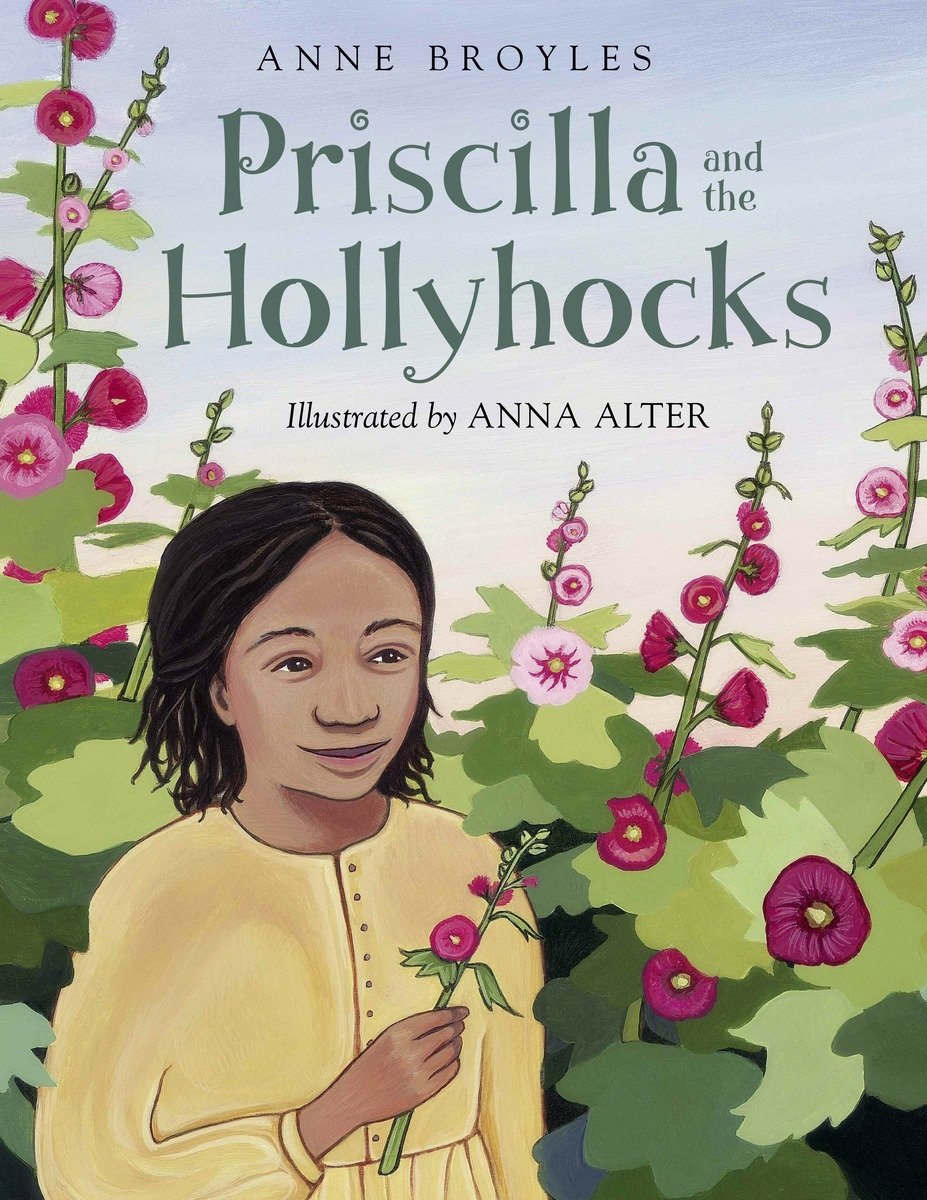Today’s book is based on the life of Jackie Robinson, a baseball hero and pioneer of his time. My family loves baseball and so I am often drawn to picture books about baseball, especially within the historical narrative genre. My daughter, Eliz, is celebrating her birthday today as well. When I share this book, Dad, Jackie, and Me, Eliz reminded me that she was born on Jackie’s birthday, January 31. (So did another special boy named Sam – Happy Birthday!)
Stories about people persevering entice me. I want to know their story and what drives them. I want my children and students to have that drive, to continue on when the going gets tough. Every day we face, our children face, difficult tasks, fears, and resistance at times. Stories of everyday heroes can life our spirits and give us added hope, encouragement.
Dad, Jackie, and Me written by Myron Uhlberg (illustrated by Colin Bootman) is one of these uplifting books. The author speaks from his heart through the character’s first person narrative . The young, baseball-lovin’ boy shares his passion for the game and the the new Brooklyn Dodger’s first baseman, Jackie Robinson. the distinction in this boy’s life is that his father is deaf. As father and son experience the game at Ebbets Field, a parallel similarity of discrimination is shared between player and father. Both had an inborn trait they could not change and daily faced hardships from it.
“But Jackie never reacted. He didn’t even seem to notice. And he never complained.”
I believe everyone of us wish we could change something about ourselves. Children do too. Turning to the back, the author shares how he was the son of two deaf parents. He shares how his father took him to games and would have him watch the discrimination Jackie received while on the field. Myron Uhlberg’s father also related to prejudice for his deafness. ” ‘It doesn’t matter, though,’ he always added. ‘I show them every day I am as good as they are.’ ”
I hope you savor this book personally and with your class as well. Your students can and will relate. They will be drawn in and become a spectator of the game. As Black History Month approaches, read several books that will help students become aware that everyday they have a choice to be fair and accepting.
Savorings for reading and in writing for Dad, Jackie, and Me:
- Climatic transition – “Our pitcher had a no-hitter going. An then it happened.”
- Show not tell – “On a simple grounder
- Metaphor – “his face was a blank mask“
- Exploding the moment – “Then, in that awful silence, my father jumped to his feet.“
- Dialogue text in two columns – The pages have the illusion of a baseball card with the illustration above and with the narrative below, two t eight lines in length. but on one two-page spread, the text is written in two columns per page due to short back-and-forth conversation between father and son. Unique transition in placement of text for emphasis.
(PES Library book)
(A must-have book for my collection:))



 Posted by MaryHelen
Posted by MaryHelen  Reading books brings much pleasure to me, but sharing a great story with children and teachers is my delight. I read lots of books; some I like, others I don’t, some teach lessons and then … some move me as a reader. When I read a book that moves my heart and makes me think deeper, it is a treasure!
Reading books brings much pleasure to me, but sharing a great story with children and teachers is my delight. I read lots of books; some I like, others I don’t, some teach lessons and then … some move me as a reader. When I read a book that moves my heart and makes me think deeper, it is a treasure! 


